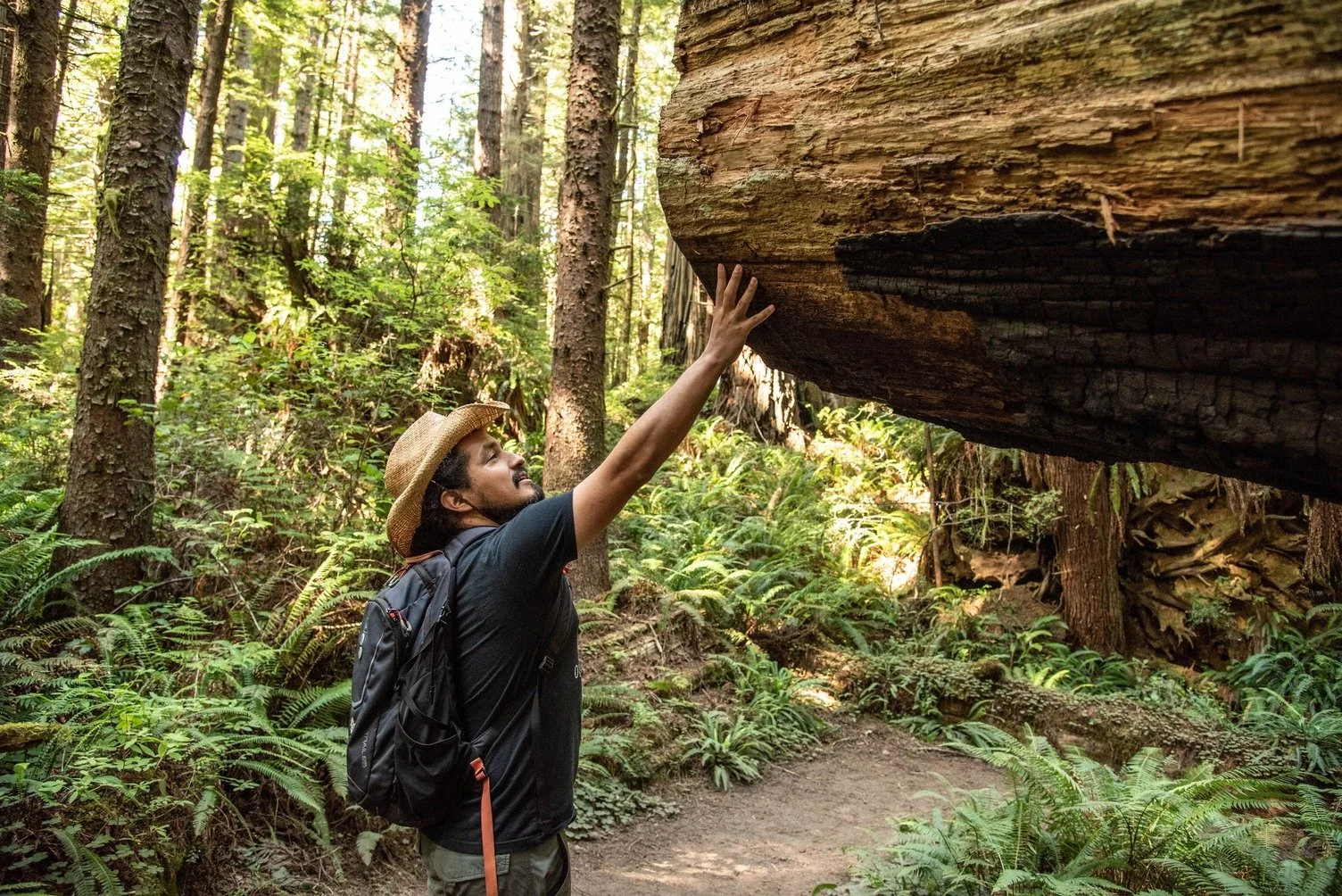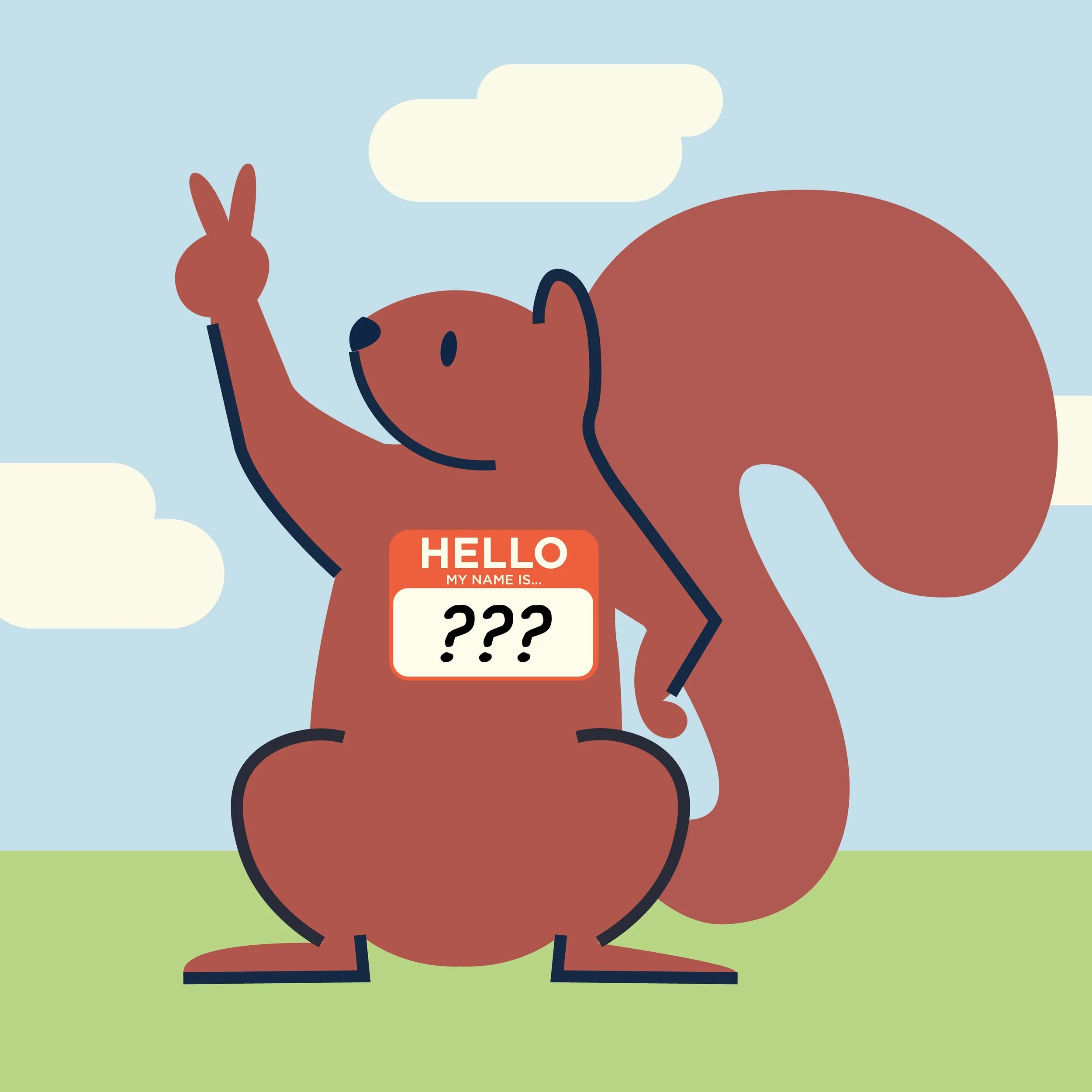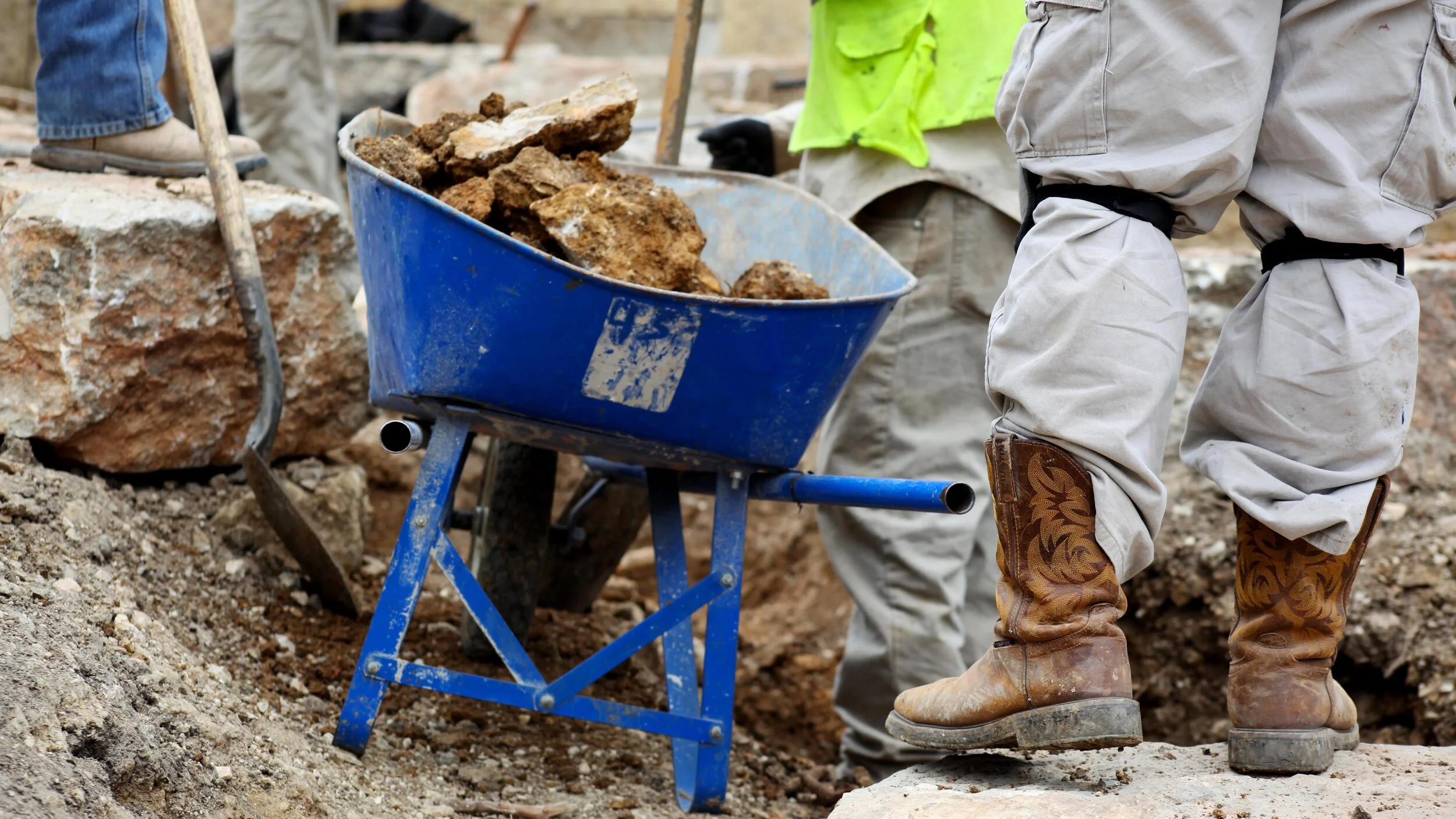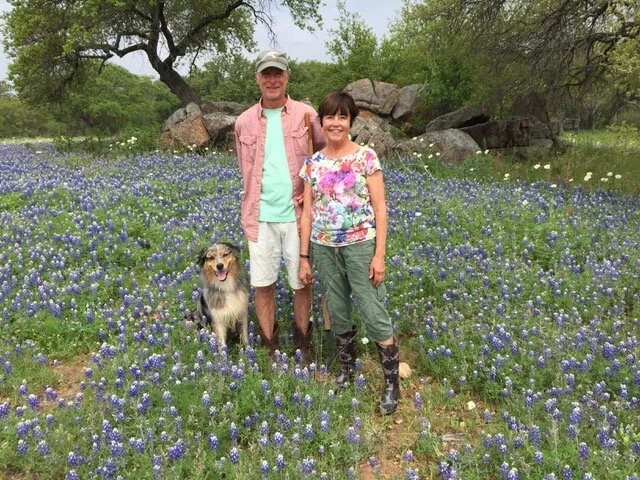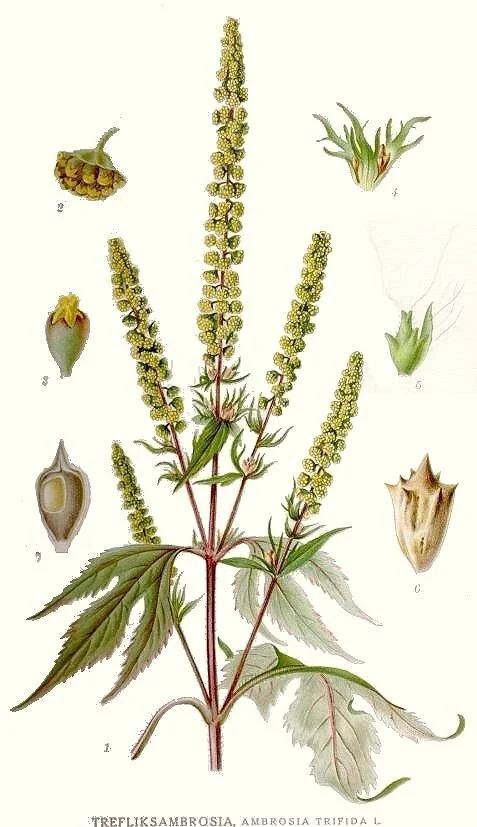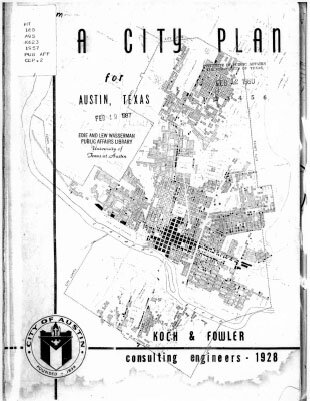ABOUT LITTER IN THE PARK
It is vital that we keep Pease Park free from debris in order to maintain the health of our urban watershed. All living things in the world benefit immensely from watersheds, and regardless of location, exist and interact daily with one. Watersheds are areas of land that vary in size but share the common purpose of draining water to rivers and creeks and eventually to larger bodies of water such as lakes and oceans. Pease Park parallels Shoal Creek, a stream and urban watershed that continues south and flows into Lady Bird Lake which eventually empties into the Colorado River, from which much of Austin receives its drinking water! It is important to maintain the health of all watersheds and free them of debris, as a healthy watershed is responsible for improved water quality, carbon storage opportunities, providing nutrients for plants, increased resilience to climate change threats, reduced drinking water treatment and infrastructure costs, and reduced flood mitigation cost.
Litter is just one cause of urban watershed degradation, but is something we’re hoping our DIY volunteers can help us combat! Texas Disposal systems define litter as the improper disposal of waste products. Littering can happen intentionally or unintentionally, but both have environmental consequences. In a study by Keep America Beautiful, researchers found that the most littered items include: cigarette butts, food wrappers, plastic bottles, disposable cups, grocery bags, straws, beverage cans, tire and vehicle debris. The health of Pease Park, its frequent visitors, and the surrounding community are vulnerable to the negative impacts of litter. Litter is often linked to air, water, and soil pollution, leading to contamination of our air and water resources as well as a hazard to wild and domestic animal populations




